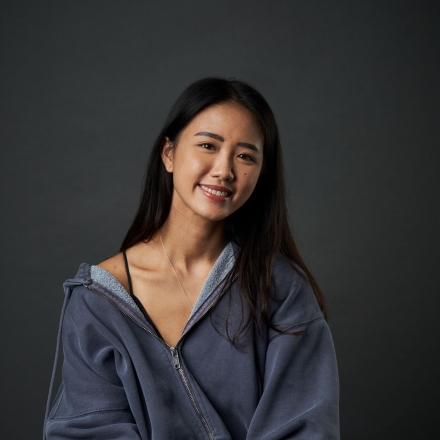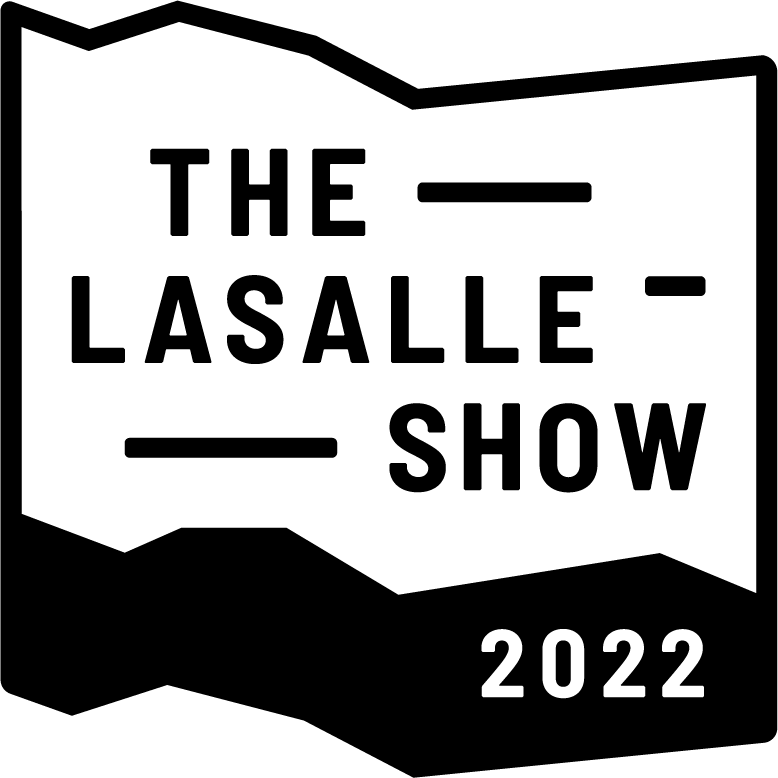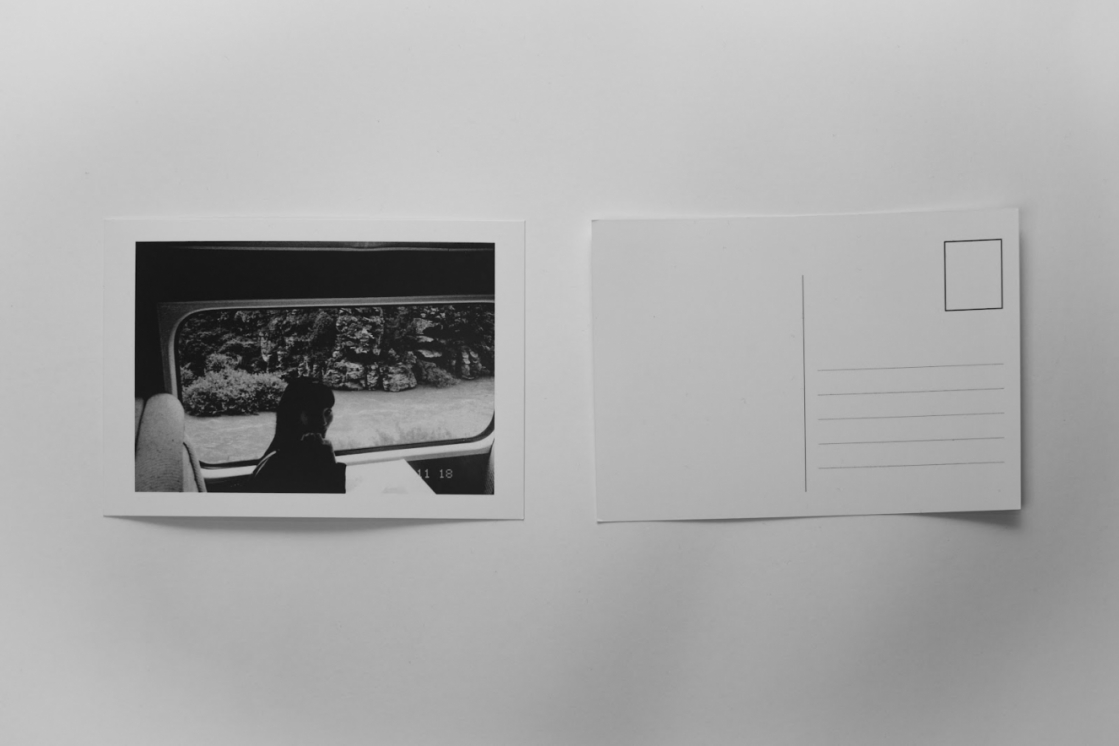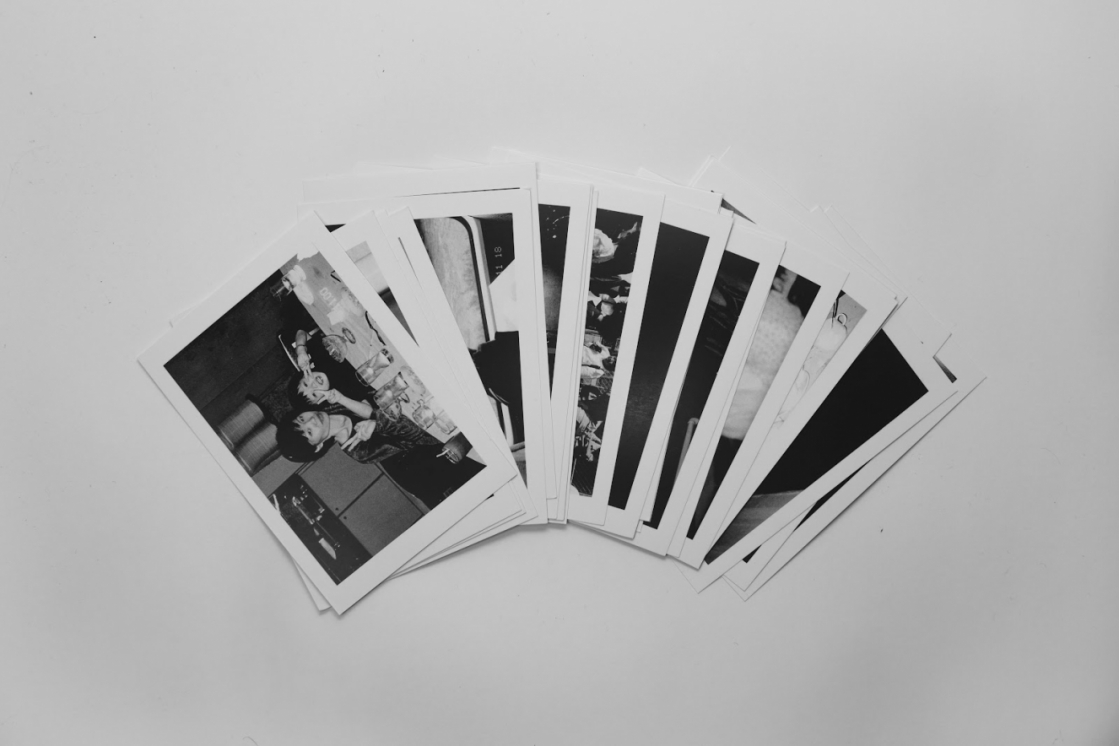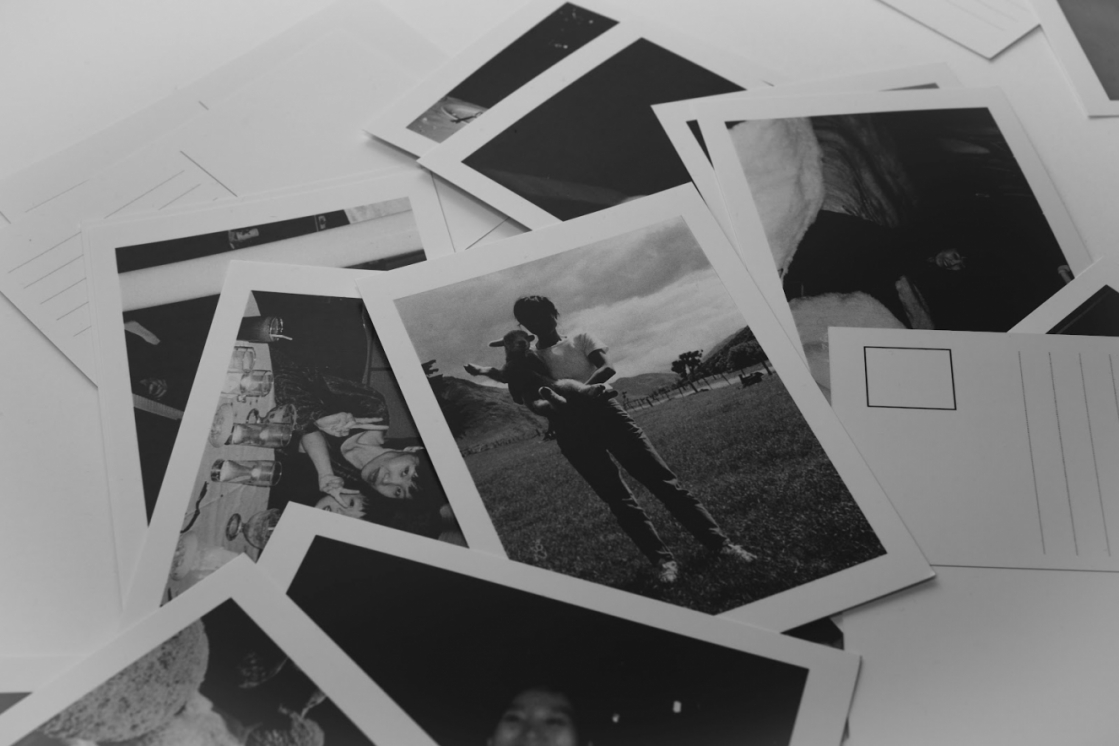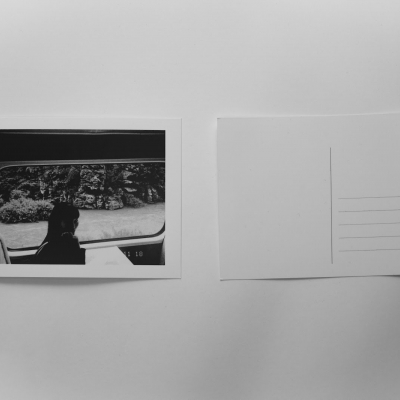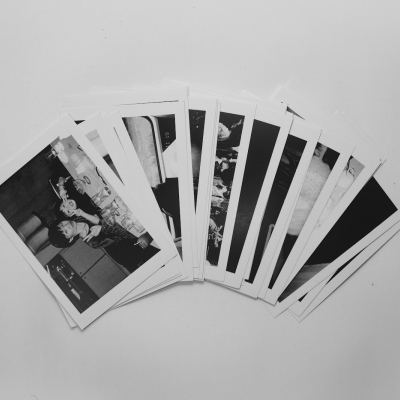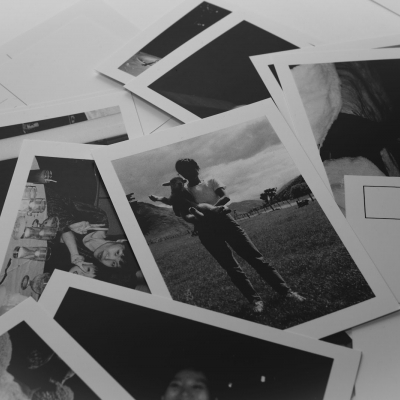The distinct functions of art therapy in supporting a child with global developmental delay and early relational trauma
This practitioner-based, art-based qualitative inquiry endeavours to answer the research question: What are the distinct functions of art therapy that support a child with global developmental delay (GDD) and early relational trauma (ERT)? Taking on a developmental perspective, the literature review provides a concise understanding of the detrimental impacts of interpersonal childhood trauma through the study of adverse childhood environments (ACEs), polyvagal theory, attachment theory, neurobiological research and psychodynamic views. This led to a review on existing research in art therapy which identified key treatment objectives and interventions that are commonly recognised to have benefits for this specific population. Through a single case study consisting of 16 sessions spanning eight weeks at an acute hospital in Singapore, the findings evaluate and demonstrate how the functions of art therapy pose unique advantages in response to the challenges and objectives faced by a client with an aforementioned personal background. The qualitative observations of this paper examine key features of art therapy interventions such as non-verbal communication, mess-making, emotional regulation, emotional containment as well as the role that art materials play in building rapport and contributing to the therapeutic alliance. Even though there exists a substantial body of research on art therapy in supporting victims of trauma, this interdisciplinary investigation fills the research gap of art therapy interventions with children who face challenges in verbal and cognitive processing due to learning disabilities whilst concomitantly having faced early relational trauma or childhood maltreatment.
